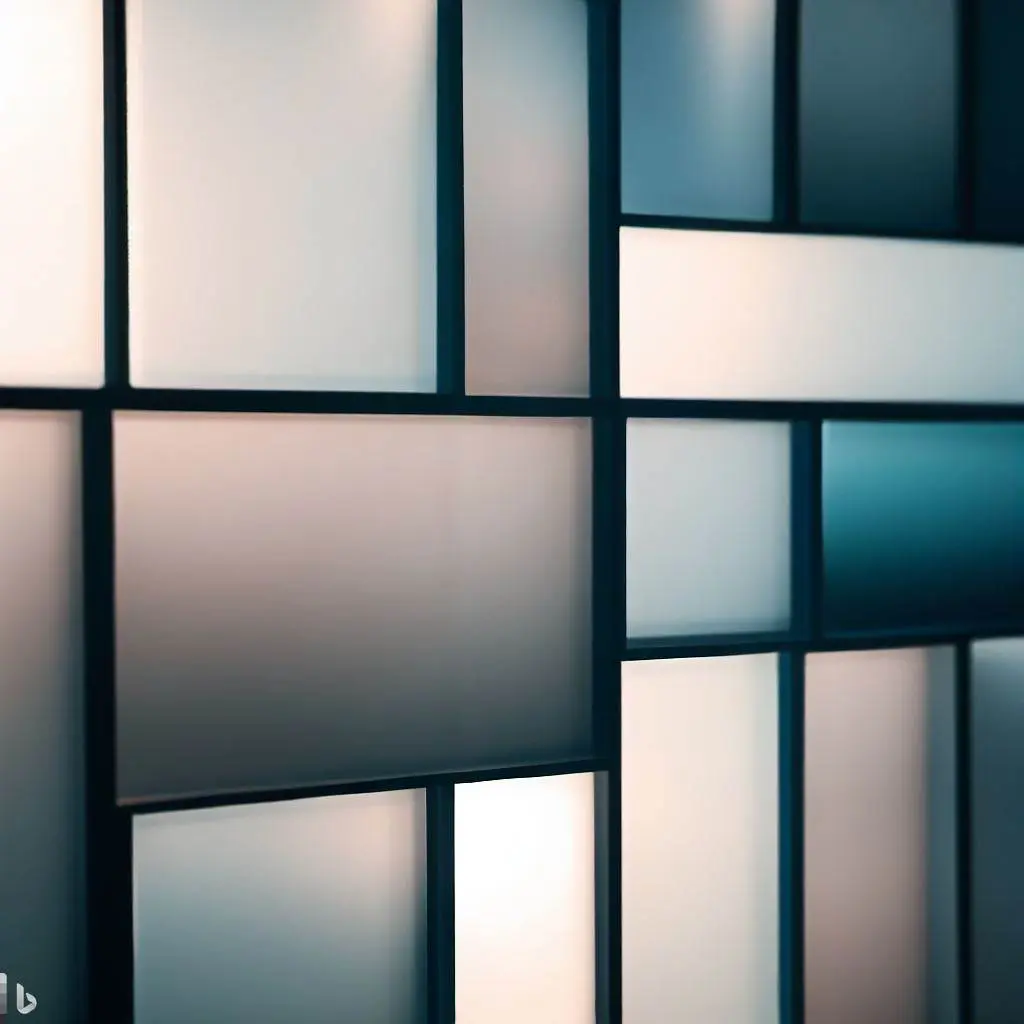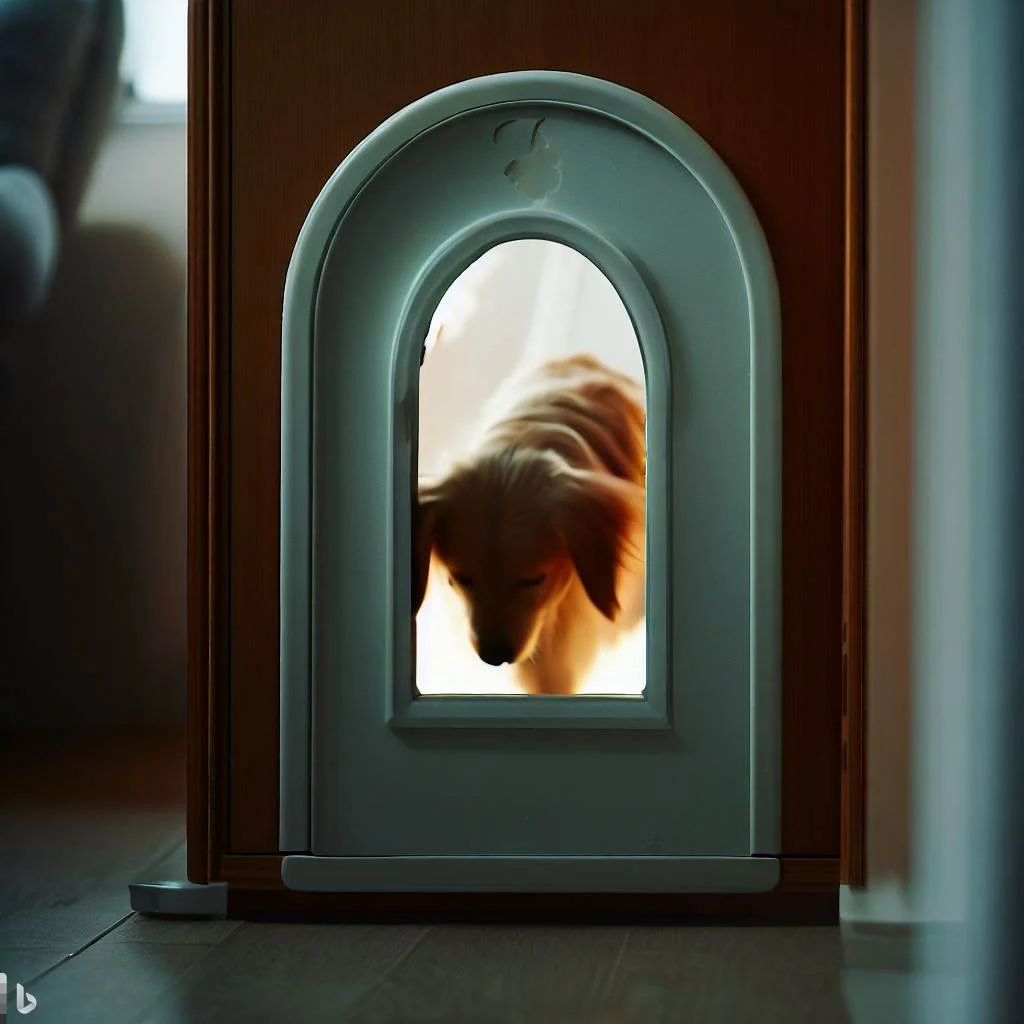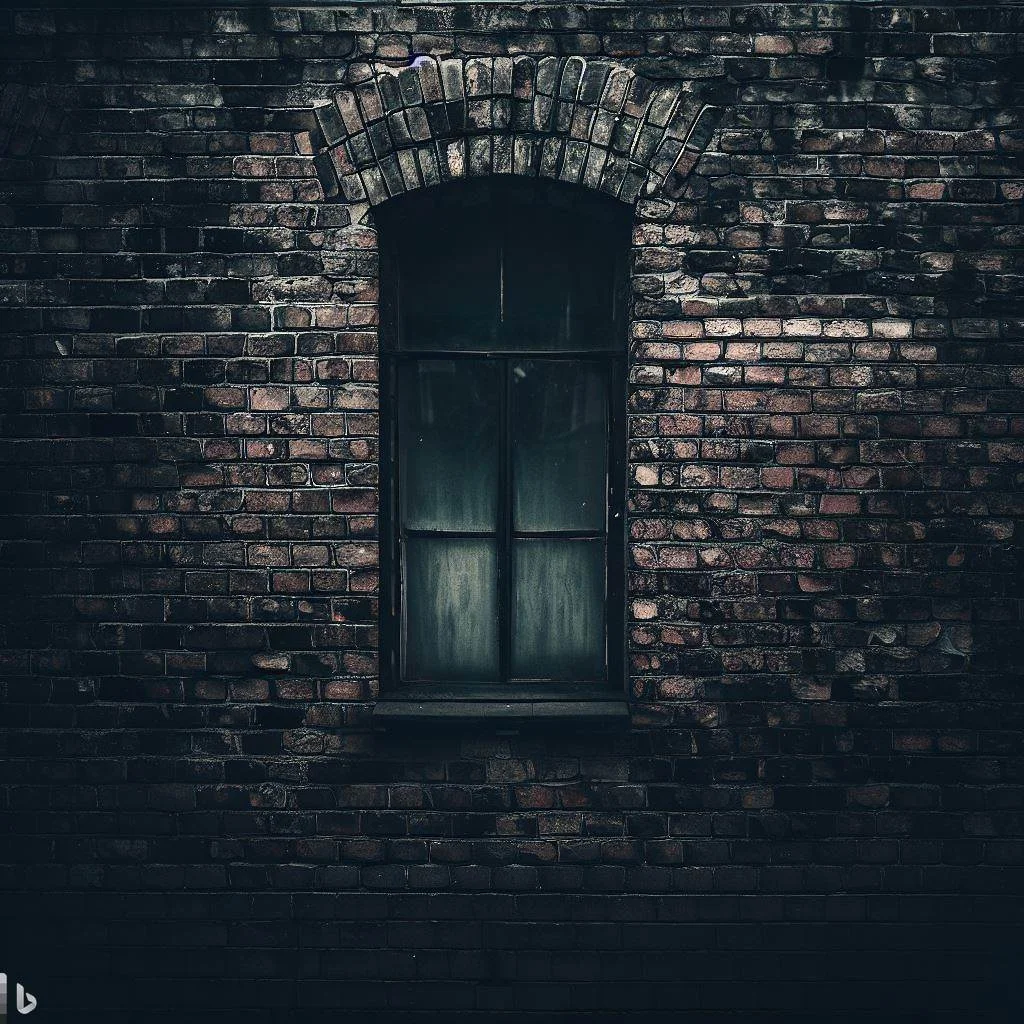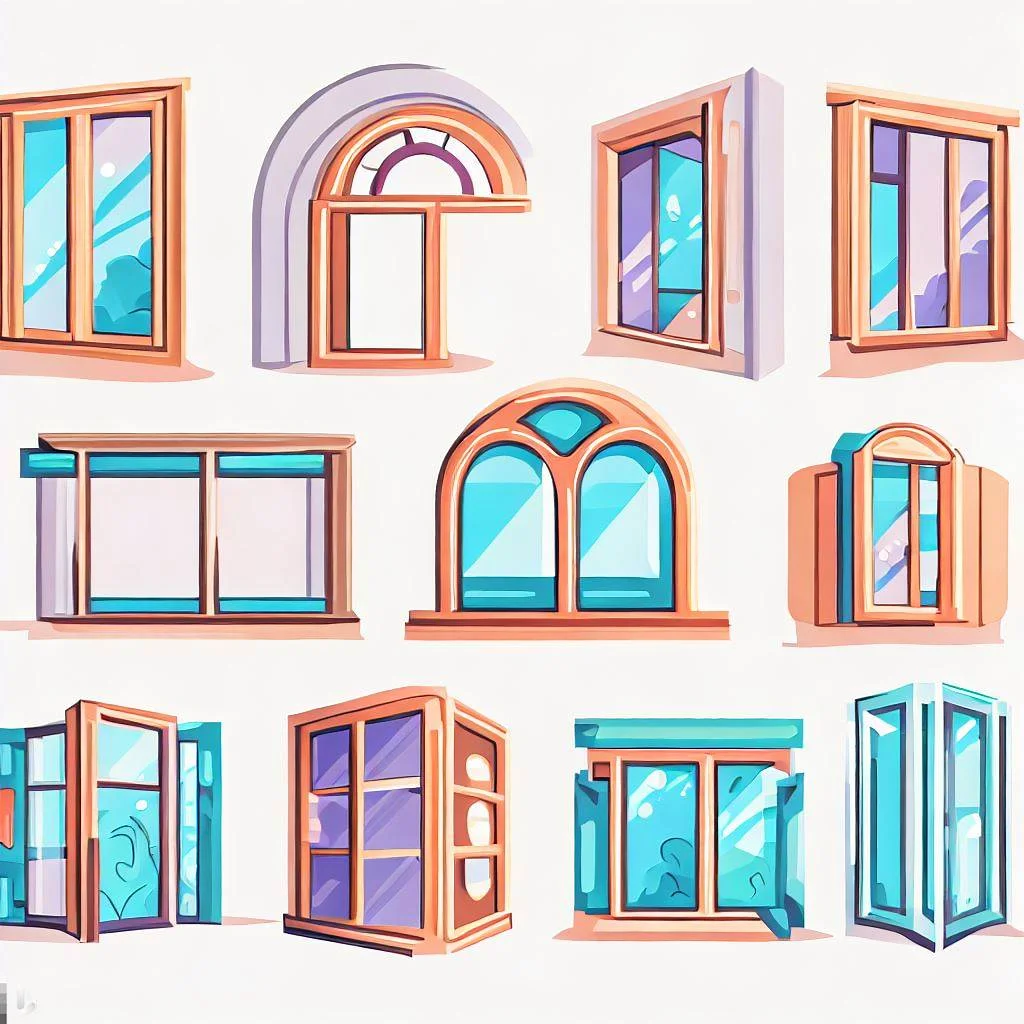When it comes to choosing windows for your home, the selection of materials plays a vital role in determining their overall performance, durability, maintenance requirements, energy efficiency, and aesthetic appeal. Each window material possesses unique characteristics that can greatly influence the functionality and visual allure of your windows. In this comprehensive guide, we will delve into the most common window materials, including vinyl, wood, aluminum, fiberglass, and composite, providing detailed insights into their respective pros and cons. By understanding the characteristics of each material, you will be equipped with the knowledge needed to make an informed decision that aligns with your specific requirements and budgetary considerations, ultimately enhancing the performance and visual appeal of your windows.
Vinyl Windows:
 Vinyl windows have gained significant popularity in recent years due to their affordability, low maintenance requirements, and energy efficiency. They are made from polyvinyl chloride (PVC) and are available in a wide range of styles and colors to suit various architectural designs. Vinyl windows are highly durable, resistant to rotting, warping, and cracking, and they do not require painting or sealing. However, their color options may be limited, and they may not provide the same aesthetic appeal as natural materials like wood.
Vinyl windows have gained significant popularity in recent years due to their affordability, low maintenance requirements, and energy efficiency. They are made from polyvinyl chloride (PVC) and are available in a wide range of styles and colors to suit various architectural designs. Vinyl windows are highly durable, resistant to rotting, warping, and cracking, and they do not require painting or sealing. However, their color options may be limited, and they may not provide the same aesthetic appeal as natural materials like wood.
Pros:
- Affordable compared to other materials
- Low maintenance requirements
- Excellent energy efficiency
- Resistant to rot, warping, and cracking
Cons:
- Limited color options
- May lack the aesthetic appeal of natural materials
Wood Windows:
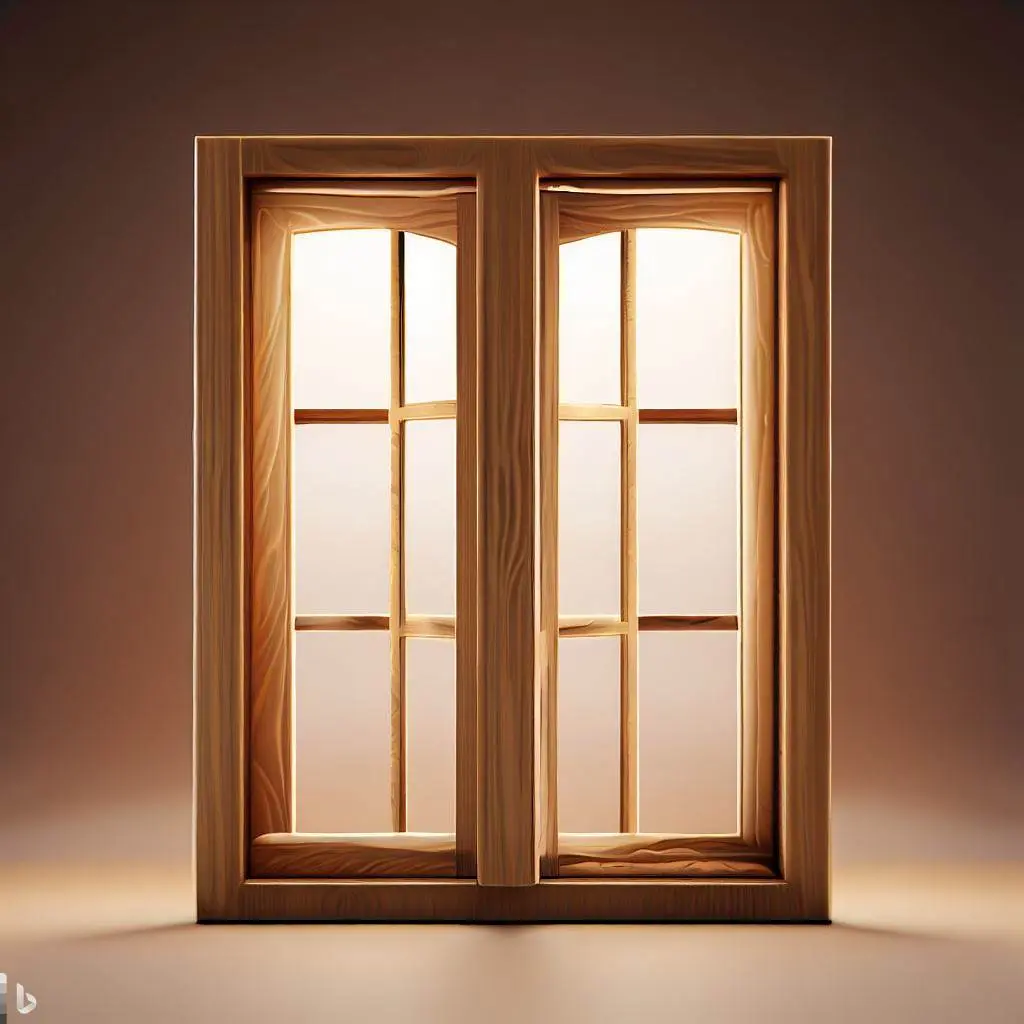
Wood windows have long been favored for their timeless beauty and natural warmth. They offer excellent insulation properties, providing both energy efficiency and soundproofing. Wood windows can be customized to match your home's architectural style and can be painted or stained to achieve the desired look. However, they require regular maintenance, including painting or sealing, to protect them from moisture, rot, and pests. Wood windows are also generally more expensive than other materials.
Pros:
- Timeless beauty and natural warmth
- Excellent insulation properties
- Customizable to match architectural style
- Can be painted or stained
Cons:
- Regular maintenance required
- Susceptible to moisture, rot, and pests
- Generally higher cost compared to other materials
Aluminum Windows:
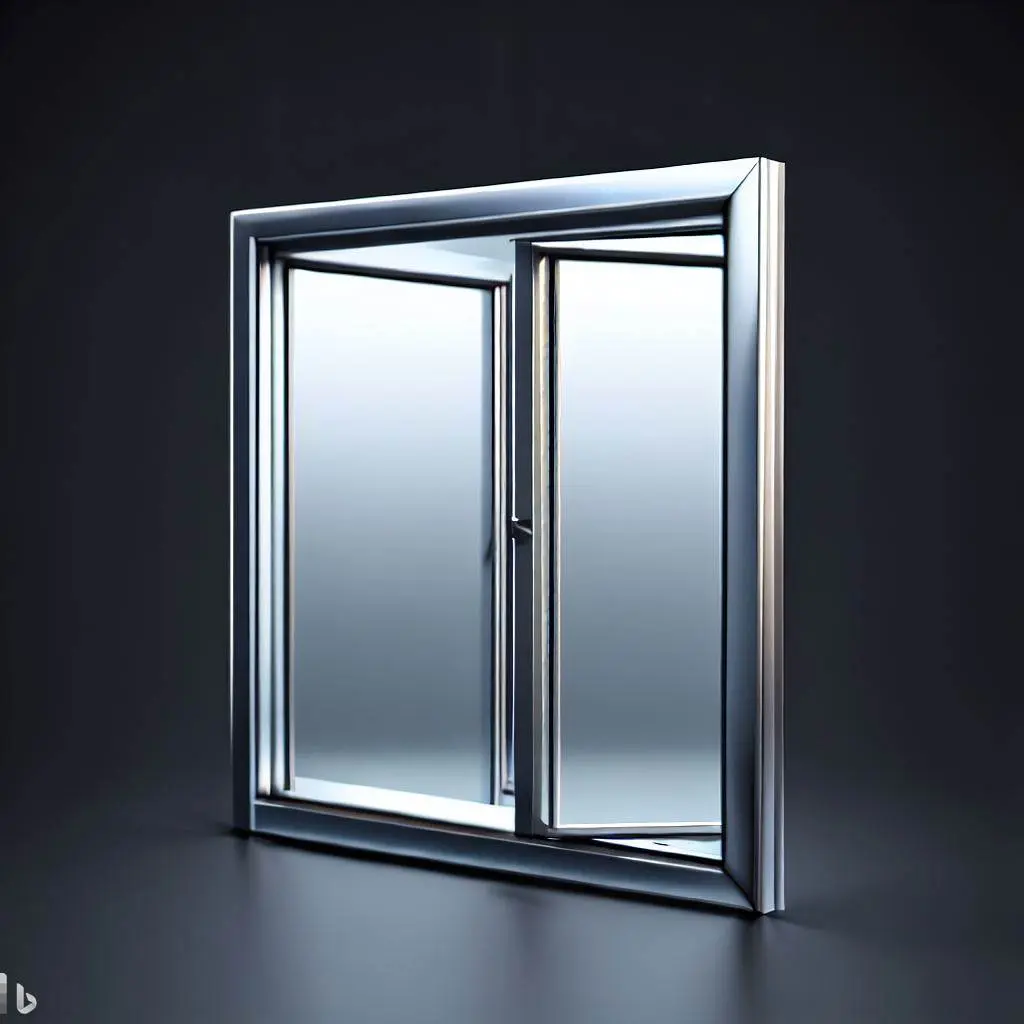
Aluminum windows are known for their strength, durability, and slim profiles, making them a popular choice for modern and industrial-style homes. They are lightweight and resistant to corrosion, making them suitable for coastal areas. Aluminum windows can be powder-coated in various colors, offering design versatility. However, aluminum is a highly conductive material, which can impact energy efficiency if not properly insulated. Additionally, aluminum windows may not provide the same level of insulation as other materials.
Pros:
- Strong and durable
- Slim profiles for a modern aesthetic
- Resistant to corrosion
- Design versatility with powder-coating options
Cons:
- Conductive material impacting energy efficiency
- Less insulation compared to other materials
Fiberglass Windows:
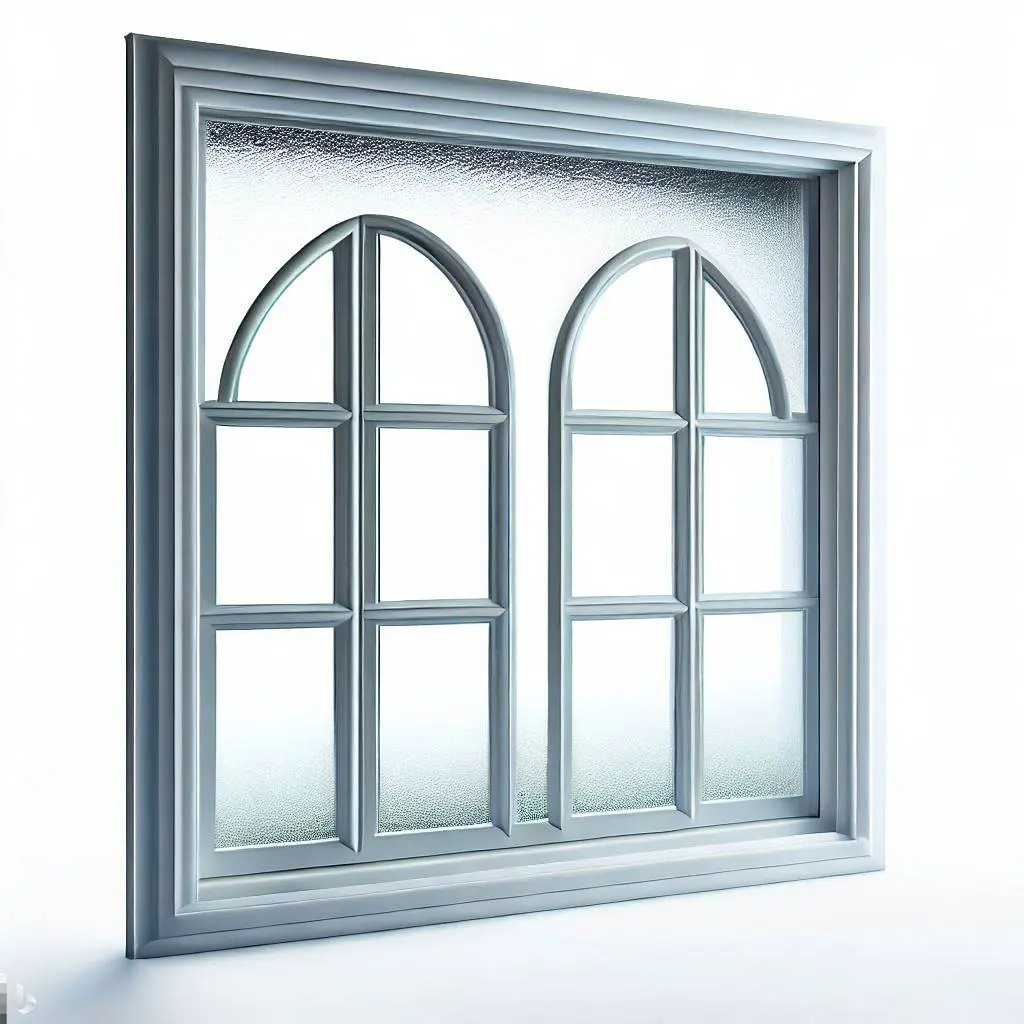
Fiberglass windows offer a balance of strength, durability, and energy efficiency. They are made from a composite material of glass fibers and resin, resulting in windows that are highly resistant to warping, rot, and expansion due to temperature changes. Fiberglass windows can mimic the appearance of wood while offering better durability and lower maintenance requirements. They provide excellent insulation and can withstand extreme weather conditions. However, fiberglass windows can be more expensive than vinyl or aluminum options.
Pros:
- High strength and durability
- Excellent insulation properties
- Resistant to warping, rot, and expansion
- Low maintenance requirements
Cons:
- Higher cost compared to other materials
Composite Windows:
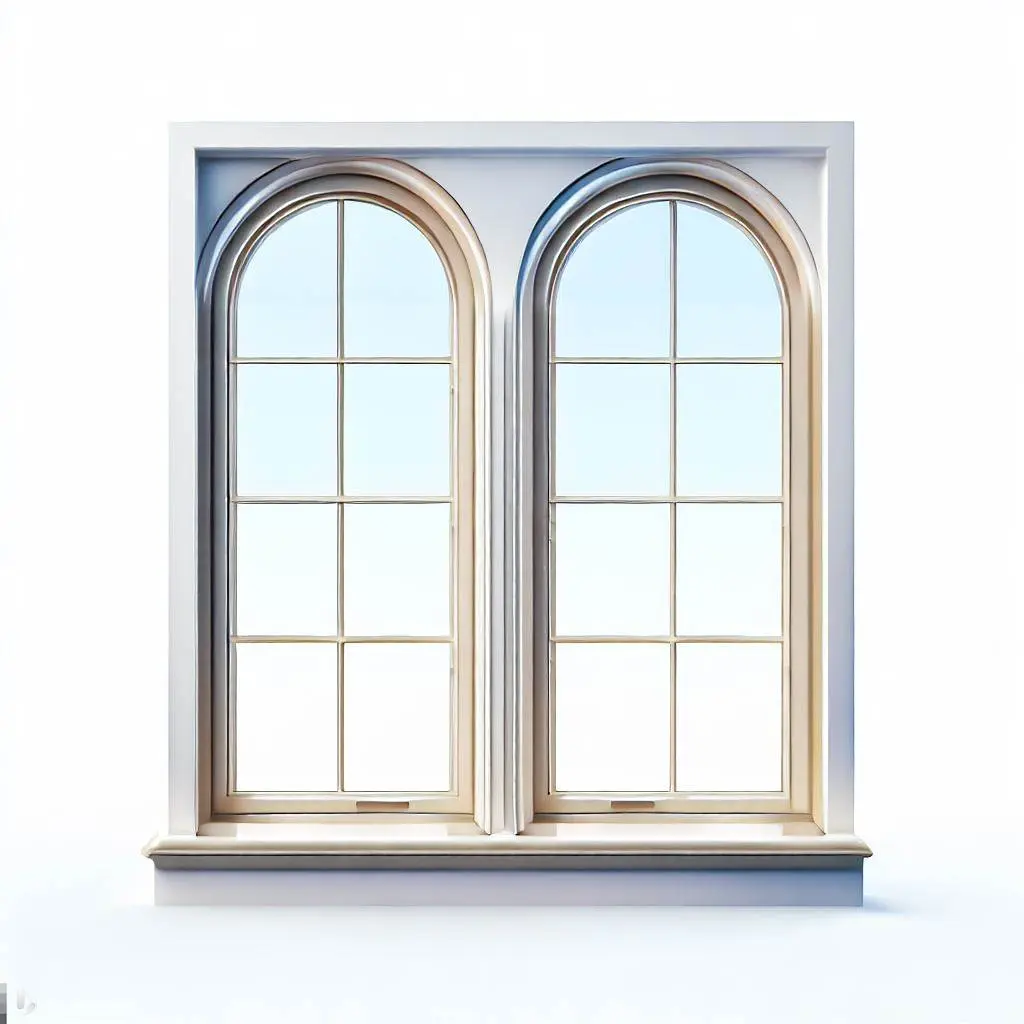
Composite windows combine various materials, such as wood, PVC, and fiberglass, to offer a balance of performance and aesthetics. They provide the natural beauty of wood on the interior while offering low maintenance and durability on the exterior. Composite windows are resistant to moisture, rot, and pests, making them suitable for humid climates. They offer good insulation and can be painted or stained to match your desired aesthetic. However, composite windows can be more expensive than other materials, depending on the specific composition.
Pros:
- Natural beauty of wood on the interior
- Low maintenance and durability on the exterior
- Resistance to moisture, rot, and pests
- Good insulation properties
Cons:
- Higher cost compared to some other materials
By thoroughly understanding the characteristics, pros, and cons of each window material, you can make an informed decision that aligns with your specific needs, budget, and aesthetic preferences. Consider factors such as durability, maintenance requirements, energy efficiency, and the overall look and feel you desire for your home. With this comprehensive knowledge, you can confidently select the ideal window material that enhances the performance, visual allure, and comfort of your living spaces.
